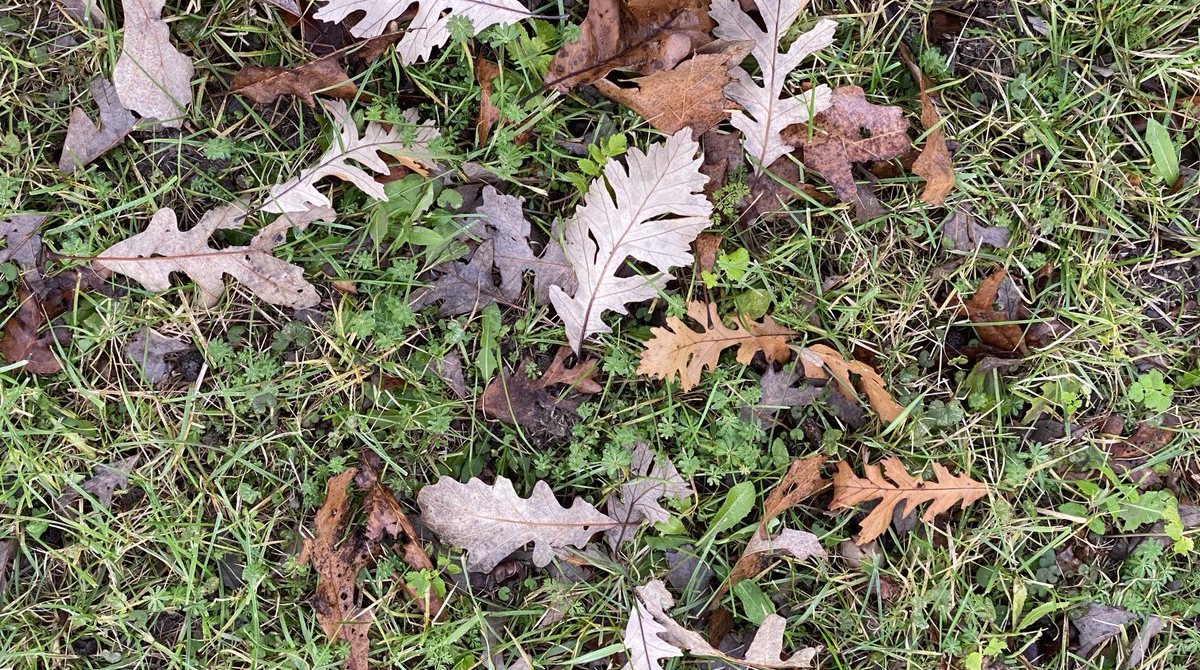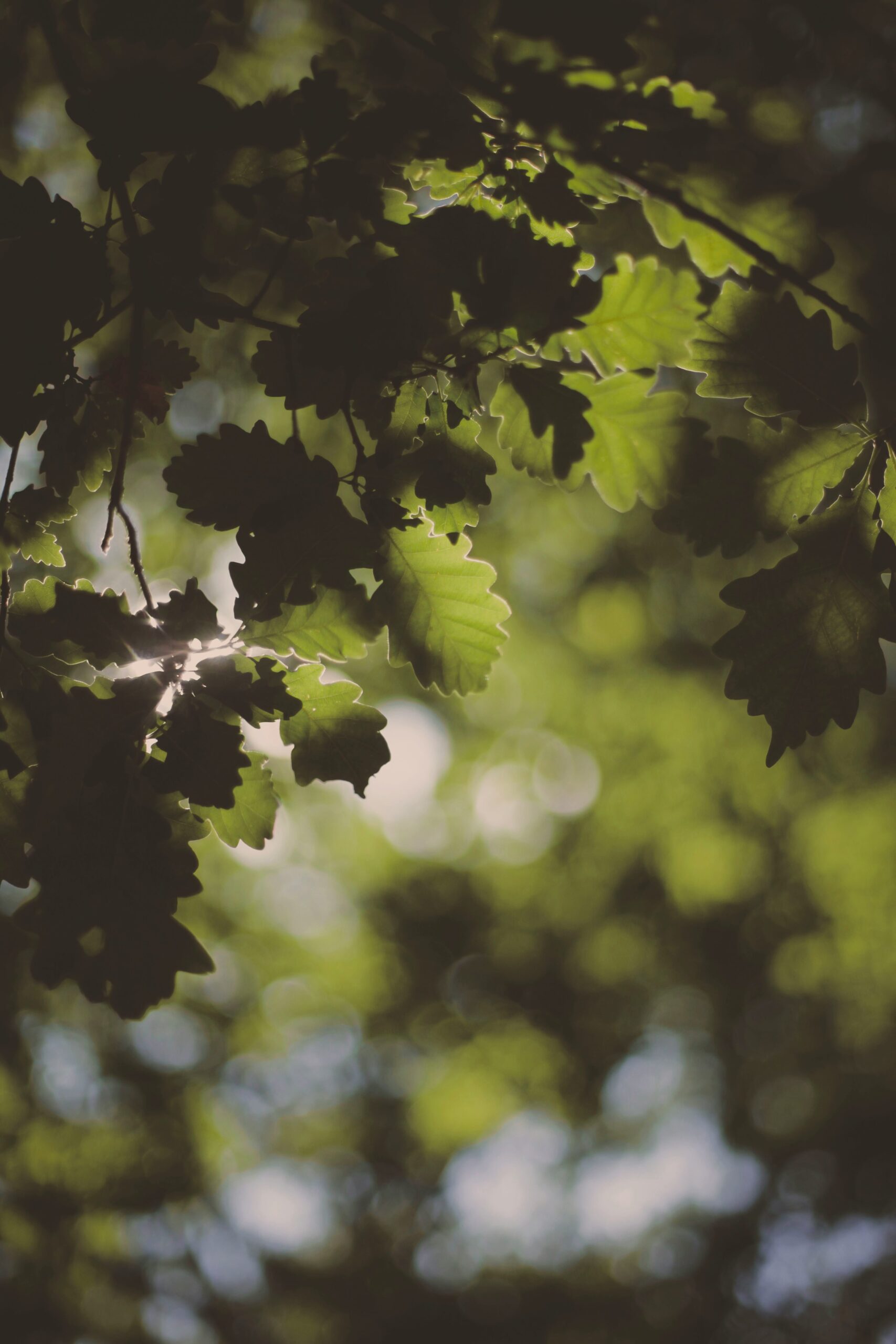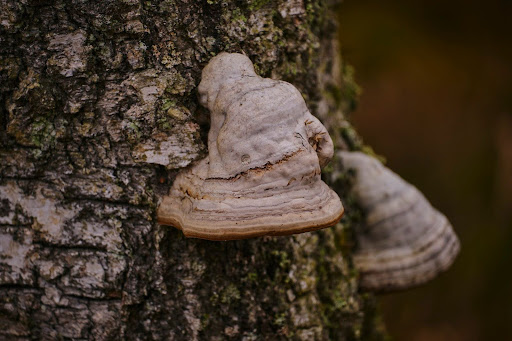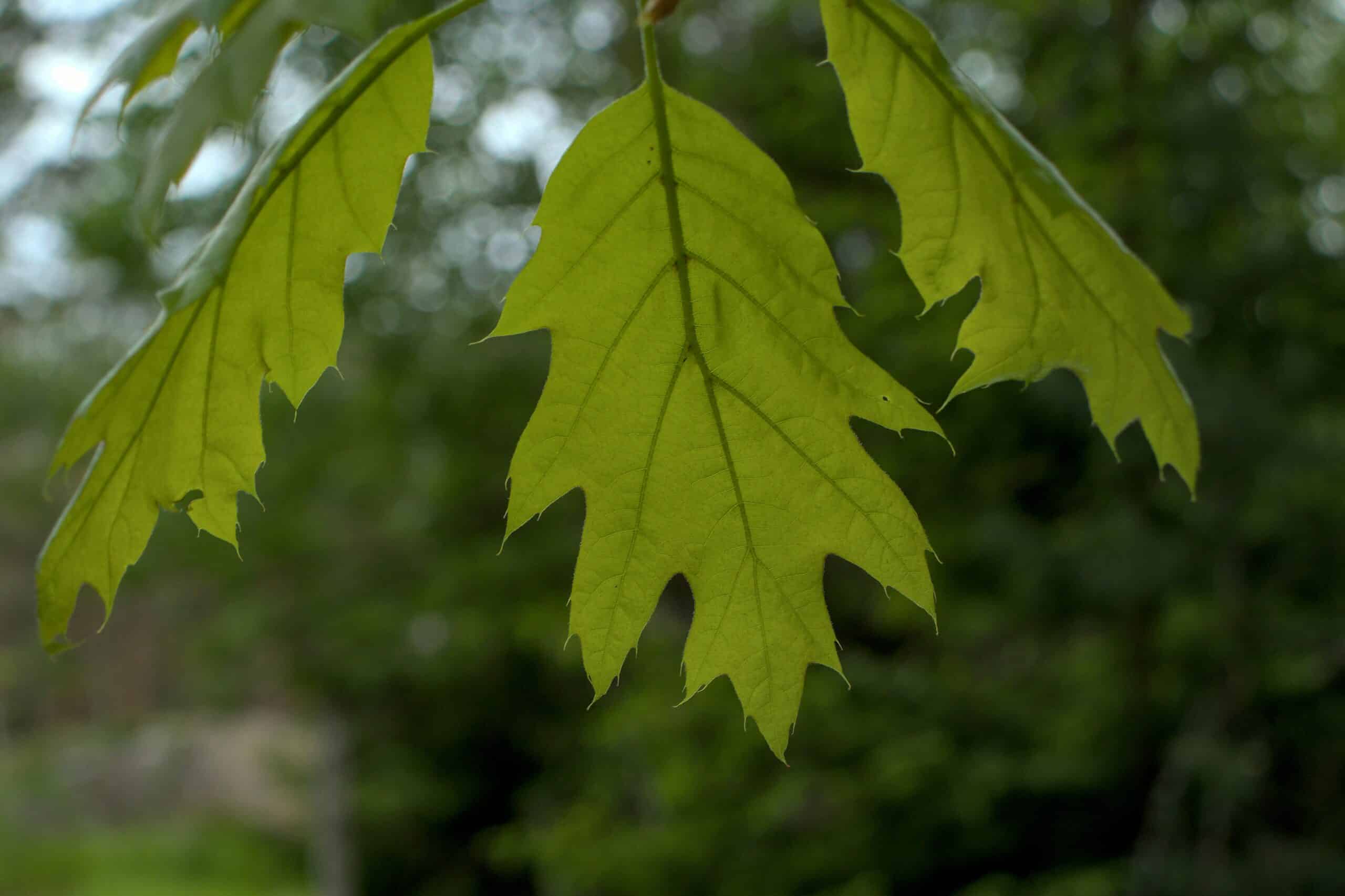
Date May 02, 2025
Category
How to Keep Your Trees Thriving Year-Round
Trees are more than just beautiful additions to our landscapes. They provide shade, improve air quality, reduce noise pollution, and boost property values. But in order to enjoy these benefits, trees must be kept healthy through regular care and proactive maintenance. In this guide, we’ll explore key components of long-term tree health and how homeowners and property managers can ensure their trees remain strong, vibrant, and resilient year-round.
Why Tree Health Matters
Trees are more than just beautiful additions to a landscape—they are long-term investments that provide shade, improve air quality, increase property value, and contribute to a healthy ecosystem. A mature tree can take decades to reach its full potential, developing a strong canopy and deep roots that support local wildlife and reduce erosion. However, this investment can quickly be lost without proper attention. One season of disease, drought stress, or pest infestation can severely weaken a tree, leading to irreversible damage or death. This not only diminishes the beauty of your property but can also create hazards if limbs or the tree itself becomes unstable.
Prioritizing tree health through proactive maintenance helps property owners avoid these costly setbacks. Regular care—such as pruning, soil conditioning, pest management, and health assessments—prevents common problems before they escalate. A strong, healthy tree is more resilient to environmental stressors and extreme weather events, meaning fewer emergency removals and lower maintenance costs in the long run. With expert oversight from ISA-certified arborists, property owners can ensure their trees remain vibrant, safe, and structurally sound for generations. Investing in tree health today is an investment in a safer, more beautiful, and more valuable property tomorrow.
Photo by Henry Schneider on Unsplash
The Foundation of Long-Term Tree Health
Healthy trees start with a strong foundation, and that begins well below the canopy. The following practices are critical for supporting vigorous tree growth, boosting resilience, and reducing susceptibility to environmental stressors, pests, and disease:
1. Consistent Watering
Water is one of the most vital components of tree health. Young trees, in particular, require consistent moisture to establish a healthy, widespread root system. Without adequate watering during this critical phase, trees may develop shallow roots, making them vulnerable to drought and wind damage. Mature trees also benefit from deep watering, especially during dry periods, which helps reduce drought stress and maintain turgor pressure within plant cells. Slow-release methods—such as drip irrigation or soaker hoses—allow water to soak deeply into the soil, encouraging roots to grow downward rather than staying near the surface. This practice promotes greater stability and drought tolerance over time.
2. Mulching
Mulch is an unsung hero in tree care. A 2–4 inch layer of organic mulch, like wood chips or shredded bark, conserves moisture by reducing evaporation from the soil, which is especially valuable during hot or dry weather. Mulch also helps moderate soil temperature, keeping roots cooler in the summer and warmer in the winter. In addition, it acts as a natural weed barrier, reducing competition for nutrients and water. Over time, mulch breaks down and enriches the soil with organic matter, improving its structure and nutrient profile. It’s important to avoid “volcano mulching” (piling mulch against the trunk), as it can lead to rot and pest issues—spread mulch in a donut shape around the tree base instead.
3. Soil Care and Aeration
The health of a tree is only as good as the soil in which it grows. Compacted soil—common in high-traffic areas—limits the movement of air, water, and nutrients to the roots. Tree roots need oxygen to function effectively, and compacted conditions can starve roots and stunt tree growth. Soil aeration, performed using specialized tools that remove plugs of soil, creates pockets for air and water to penetrate, encouraging root expansion. Arborists may also recommend soil amendments based on pH levels or nutrient imbalances detected through soil testing. For example, iron deficiency in alkaline soils can be treated with chelated iron applications, restoring the tree’s health and vibrancy.
4. Proper Fertilization
Urban trees often lack access to the natural nutrient recycling processes that occur in forests, where fallen leaves and organic matter enrich the soil. To make up for this, periodic fertilization is needed to support healthy growth and defend against stressors. Deep root fertilization is an effective technique in which a liquid nutrient solution is injected directly into the root zone using pressurized equipment. This method allows nutrients to bypass the thatch and topsoil layers, ensuring they reach the tree’s absorbing roots efficiently. Fertilizers are typically customized based on soil test results and may include nitrogen for foliage growth, phosphorus for root development, and potassium for overall health and disease resistance.
By implementing these foundational practices, property owners can give their trees the best chance for long-term health and beauty. These efforts not only support individual tree vitality but also contribute to the overall success of the landscape ecosystem.
The Importance of Tree Pruning and Trimming
Pruning and trimming play a crucial role in maintaining tree health:
- Pruning focuses on removing diseased, dead, or structurally unsound branches to improve a tree’s health and safety.
- Trimming maintains a tree’s shape and appearance, often for aesthetic or clearance purposes.
Structural Pruning for Young Trees
Structural pruning is essential during the early stages of a tree’s development. This technique focuses on training young trees to grow with a strong, central leader and evenly spaced branches. By removing weak, crossing, or competing limbs early on, structural pruning reduces the risk of poor form and structural defects later in life. This proactive approach helps young trees mature into healthy, stable specimens with fewer long-term issues.
Crown Thinning for Better Airflow and Light
Crown thinning involves selectively removing smaller branches throughout the canopy to reduce density without altering the tree’s overall shape. This method allows for increased sunlight penetration and improved air circulation within the tree, both of which are vital for reducing the risk of fungal diseases and promoting interior branch health. Crown thinning is particularly beneficial for trees with overly dense foliage or those situated in humid environments.
Crown Reduction to Control Tree Size
Crown reduction is a technique used when a tree has outgrown its space or poses a risk to nearby structures. Unlike topping, which can be harmful, crown reduction maintains the tree’s natural form while shortening the overall height and spread. By carefully shortening select branches, arborists can control the size of the tree, reduce wind resistance, and maintain structural integrity—all while preserving the tree’s health and appearance.
Deadwood Removal to Eliminate Safety Hazards
Deadwood removal is the process of cutting away dead, diseased, or dying branches that no longer contribute to the tree’s health. These limbs are not only unsightly but can also pose serious safety hazards, especially during storms when brittle branches are more likely to fall. Removing deadwood enhances tree safety, directs energy to healthier limbs, and helps prevent decay from spreading into the trunk or live wood.
Preventive Tree Care: Catch Problems Early
Preventive care helps spot early signs of stress, disease, or pest infestation before they escalate. Routine visual inspections and annual tree health assessments can reveal:
- Leaf discoloration or wilting
- Bark damage or fungal growth
- Dead or decaying limbs
- Structural imbalances or lean
By catching these symptoms early, property owners can take corrective action and avoid more serious issues later on.
Pest and Disease Management
Trees are susceptible to a variety of pests and diseases, including borers, aphids, fungal infections, and root rot. Left untreated, these threats can weaken or kill a tree. Integrated pest management (IPM) combines monitoring, eco-friendly treatments, and preventive strategies such as:
- Organic sprays
- Beneficial insects
- Natural repellents
Regular monitoring and early intervention are essential to minimize damage and preserve tree health.
Storm and Drought Preparation
Extreme weather conditions can stress even the healthiest trees. Proactive care helps minimize damage from storms or dry spells:
- Cabling and bracing can reinforce weak branches and reduce the risk of breakage.
- Strategic pruning ahead of storm season can reduce wind resistance.
- Irrigation planning ensures consistent hydration during drought conditions.
Tree Health Assessments: What to Expect
Professional tree health assessments should be conducted at least annually. Certified arborists will inspect:
- Foliage and canopy density
- Branch and trunk structure
- Root and soil conditions
- Signs of disease or insect damage
Tools such as resistographs, soil probes, and even drones may be used for a comprehensive evaluation. After the assessment, arborists provide tailored recommendations, including treatment plans or pruning schedules.
The Role of ISA-Certified Arborists
Hiring an ISA-certified arborist ensures that your trees receive expert care based on the latest research and industry standards. Certified arborists:
- Are trained in tree biology and soil science
- Use proper techniques that minimize stress and maximize results
- Can diagnose and treat complex tree health issues
- Offer long-term care plans for sustainable growth
Whether you need preventive care, storm prep, or emergency intervention, certified arborists bring the knowledge and tools needed to care for your trees year-round.
How TreeNewal Supports Tree Health
TreeNewal’s team of ISA-certified arborists specializes in comprehensive tree health services tailored to the unique needs of every property. Our expert team offers:
- Custom fertilization and soil enrichment programs
- Seasonal pruning and trimming services
- Eco-friendly pest and disease treatments
- Risk assessments and storm preparation plans
- Tree preservation during construction or landscaping
Our goal is to help property owners achieve long-term tree health through expert guidance, proactive maintenance, and sustainable care practices.
Invest in Tree Health Today
Tree care is not a one-time task—it’s an ongoing investment in the beauty, safety, and value of your landscape. With the right care and expert support, your trees can continue to grow strong, resist disease, and thrive through every season.
Contact TreeNewal today to schedule a tree health assessment or consultation with our certified arborists. Let us help you protect your trees and enhance your outdoor space for years to come.
